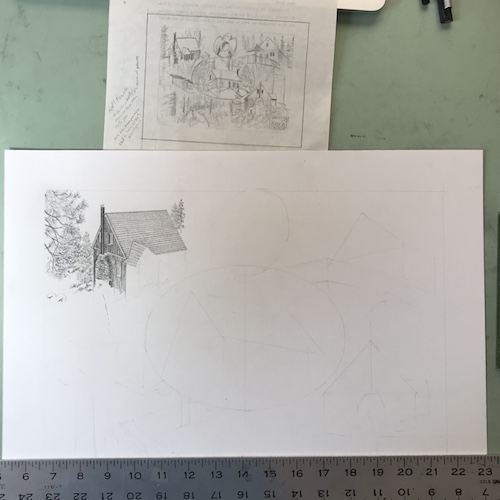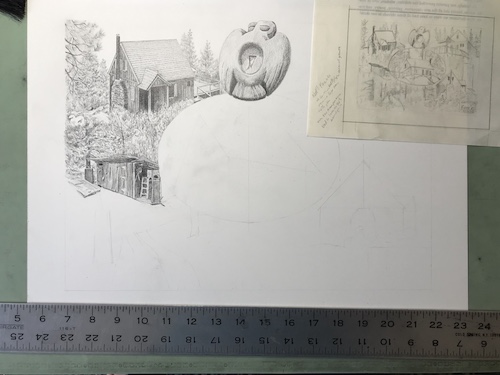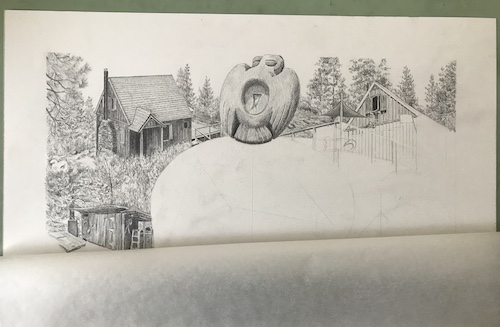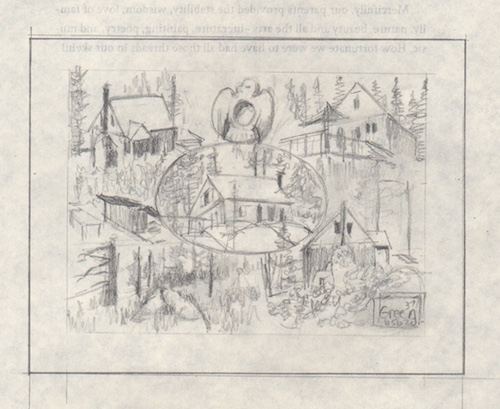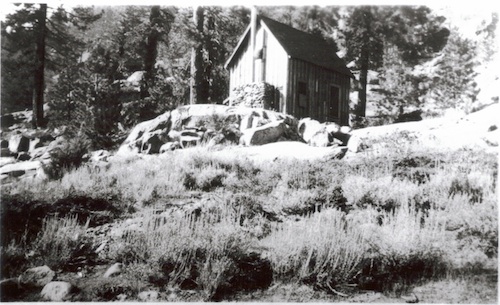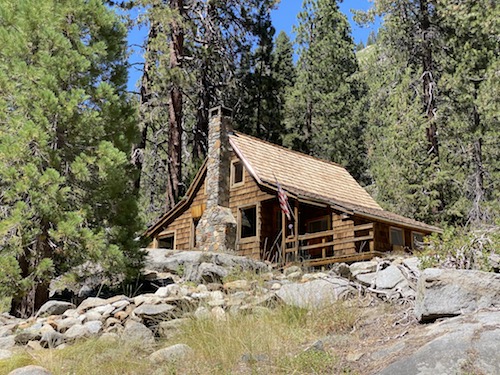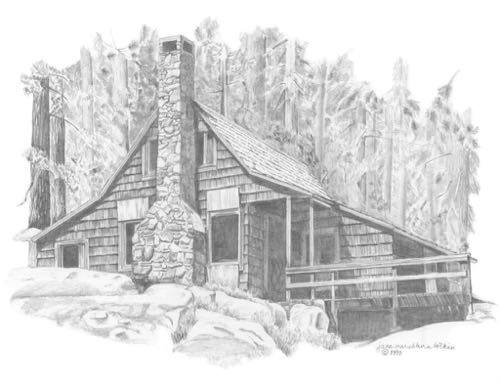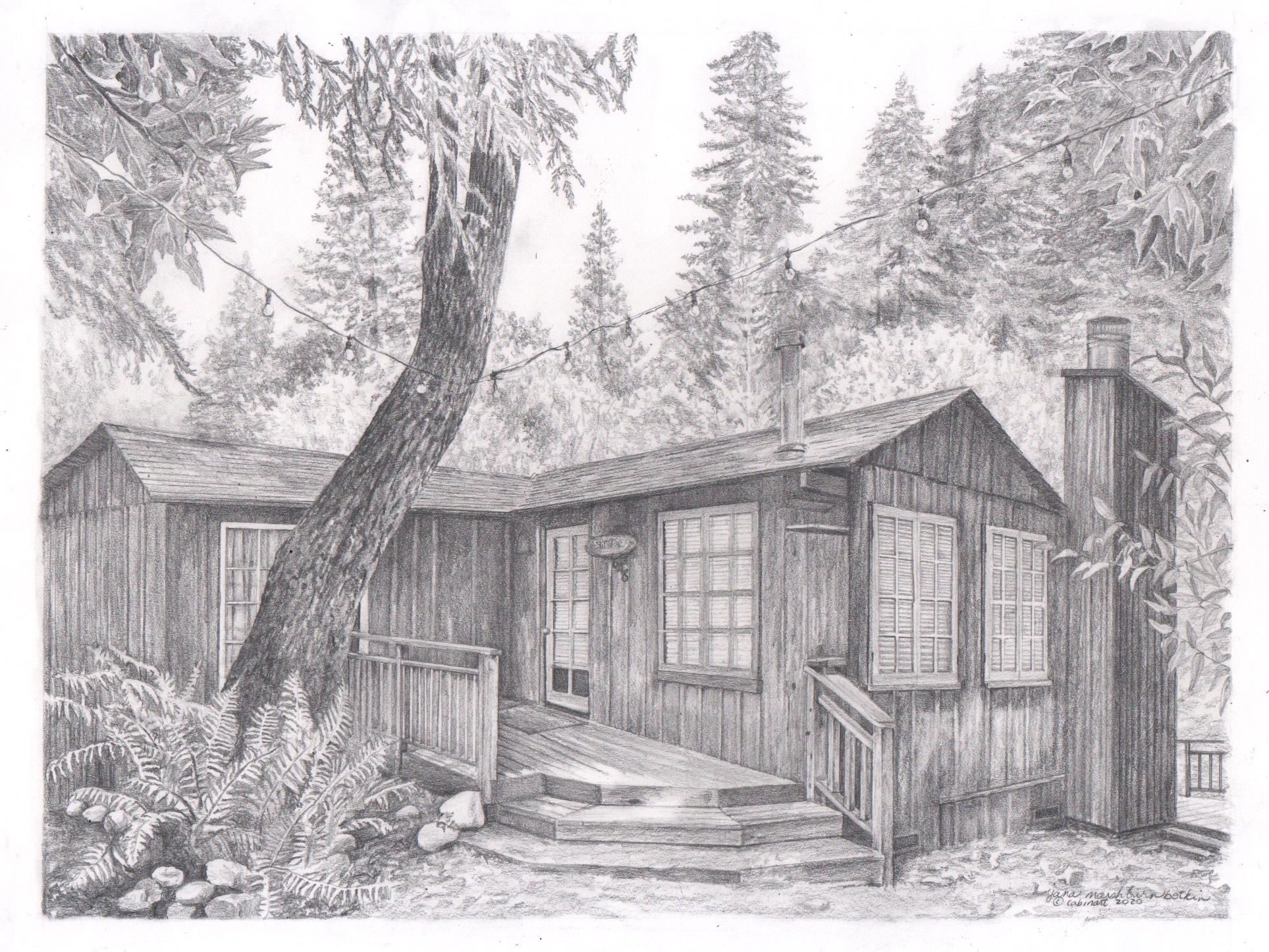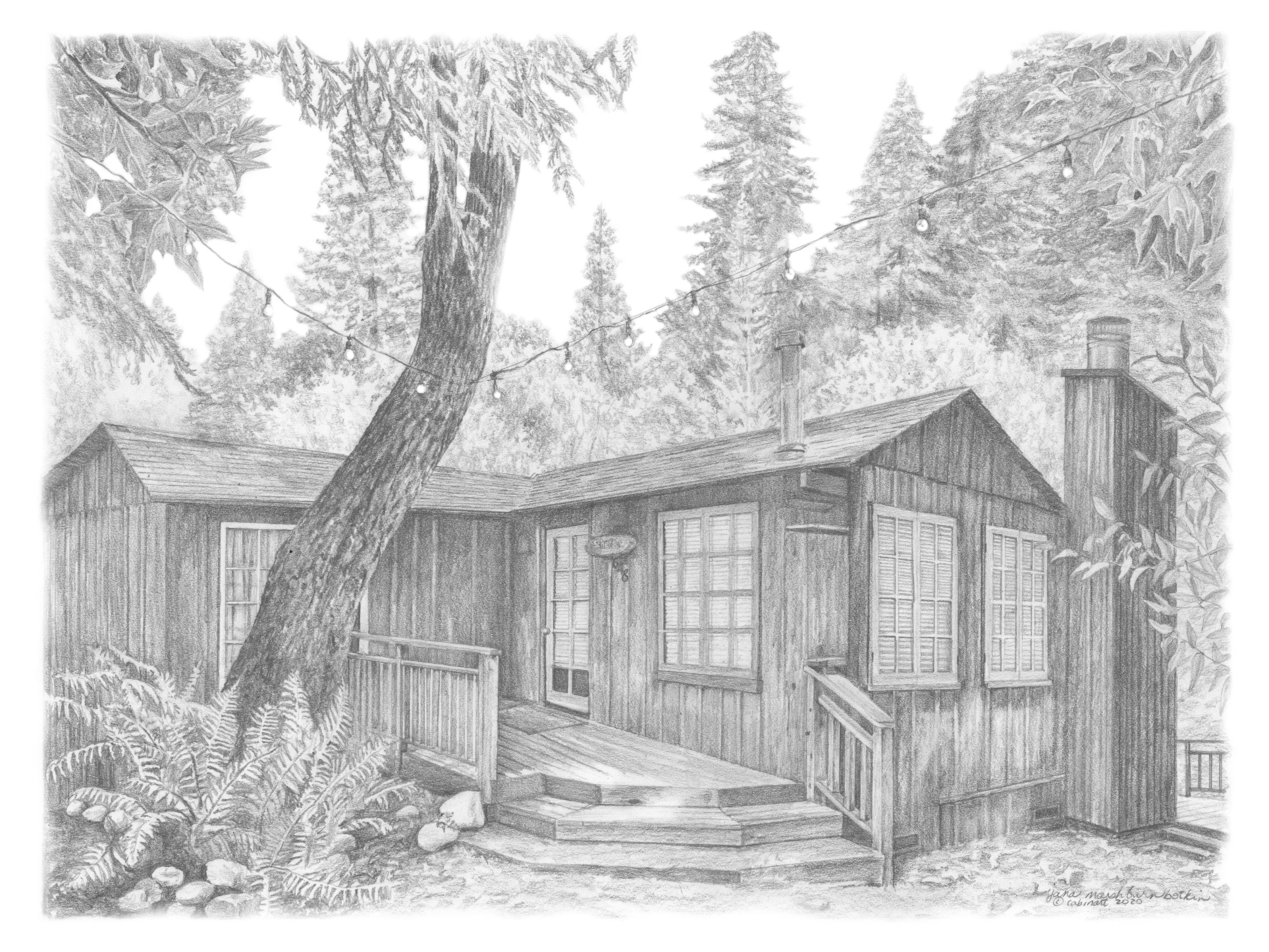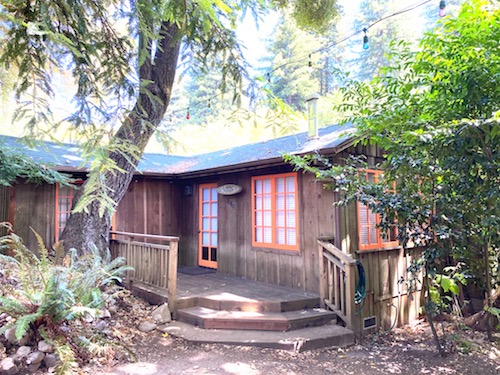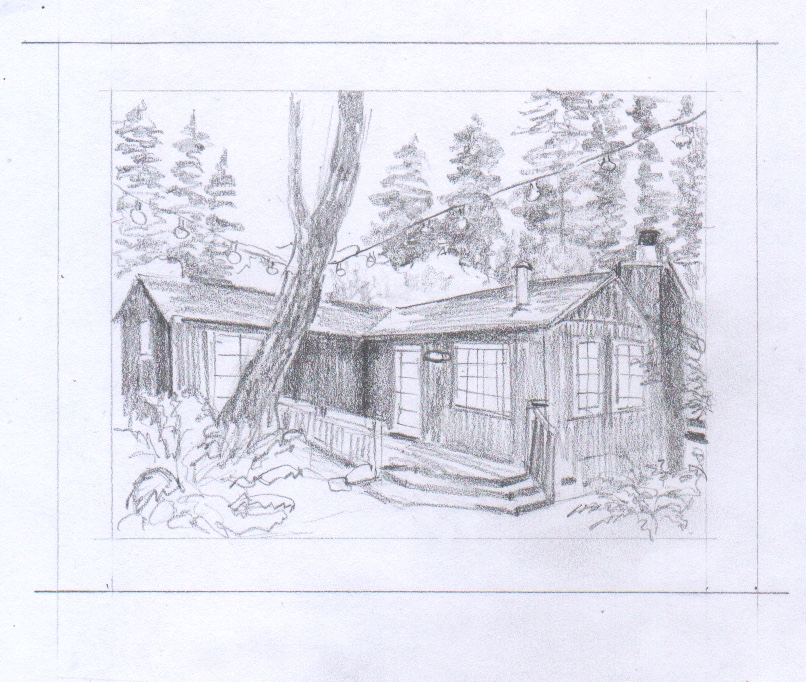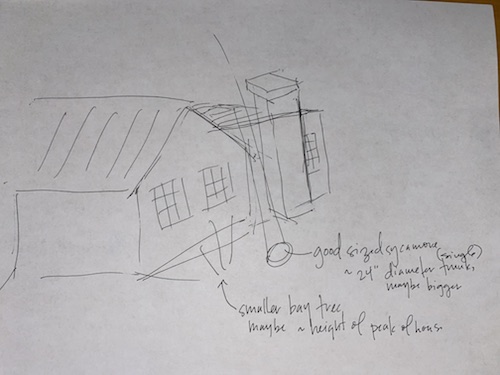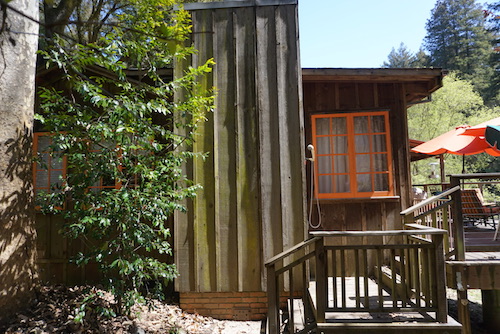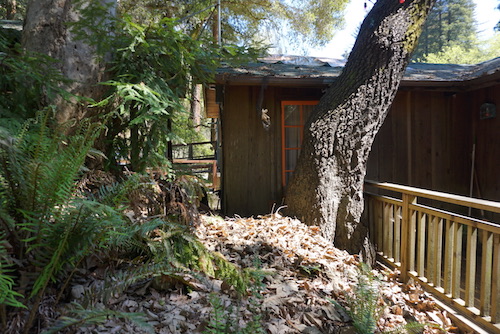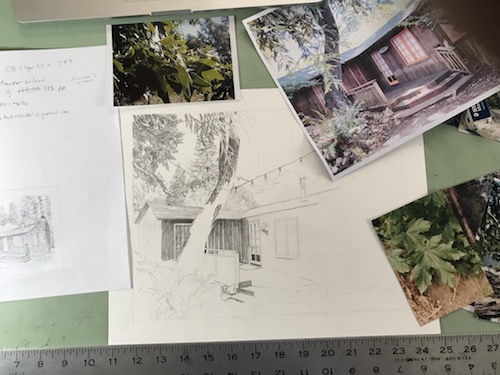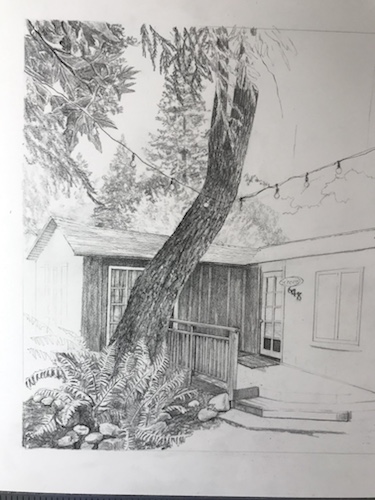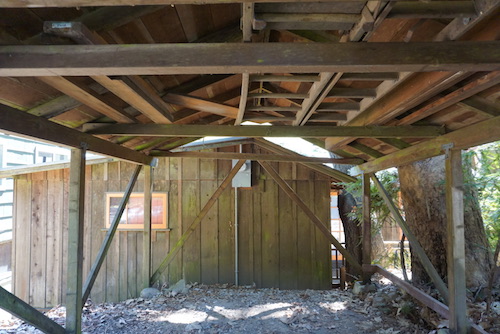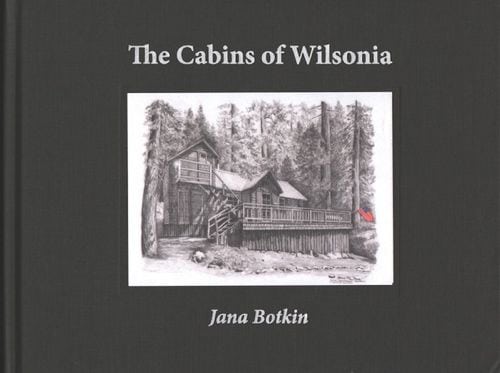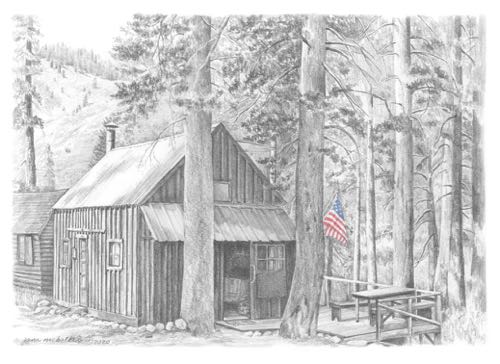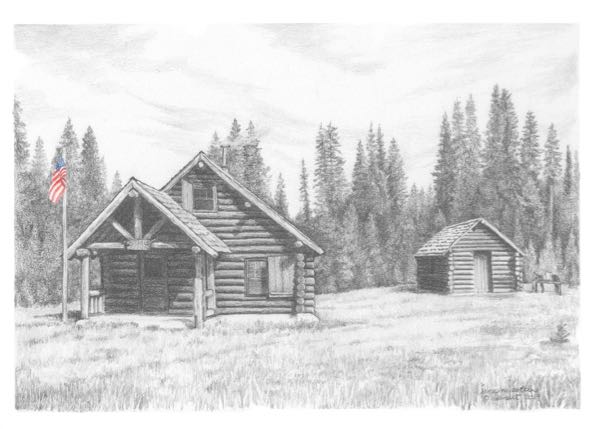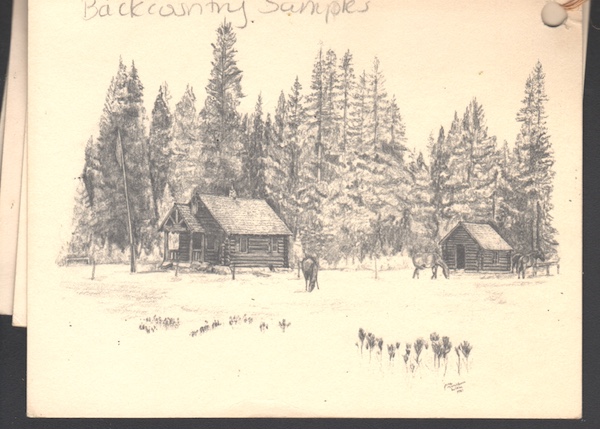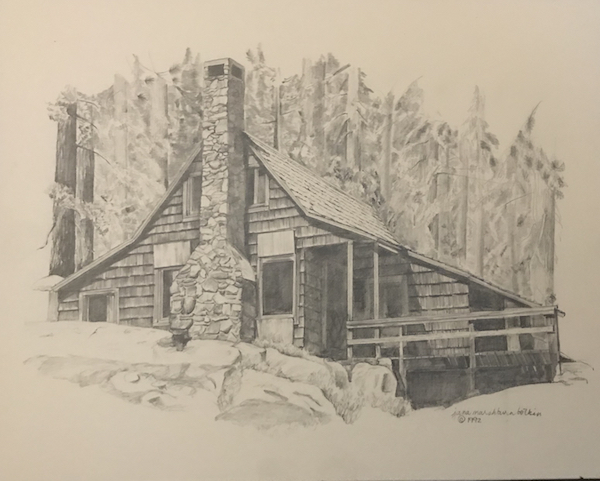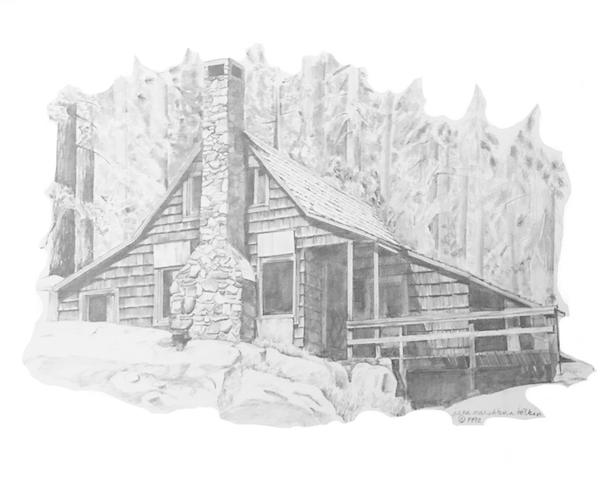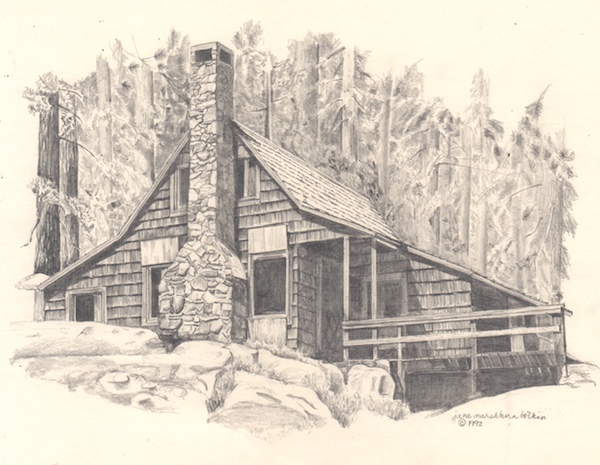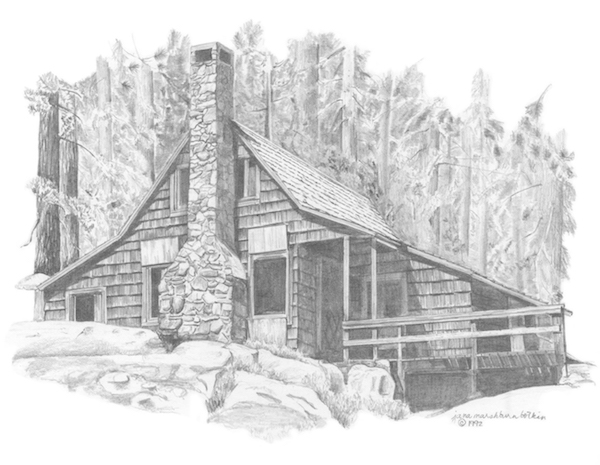I did it again – worked with a customer until she was happy with the sketch, and then after doing the drawing (well, not completely finishing), she wasn’t entirely happy with the results.
This is my fault because when I saw there was a problem, I made an unauthorized change to try to fix it. Instead, I should have gone to her first and said, “I think there is a balance problem here”. But if I had said that and she liked it, would she have felt stupid? It is a good policy to never lead a customer into feeling stupid.
She made a suggestion, I countered it by proposing an additional adjustment, and then I warned her that erasing may leave a shadow. She was okay with that, so I feel good about our combined decision.
Here is the before: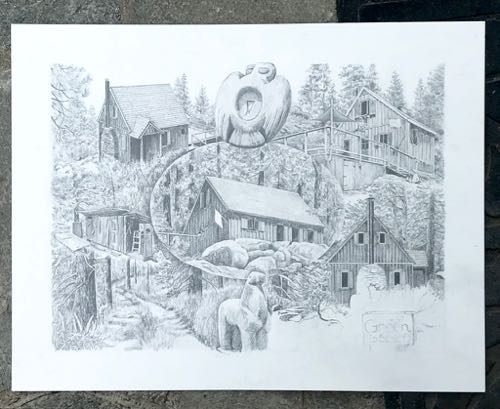
This is the after: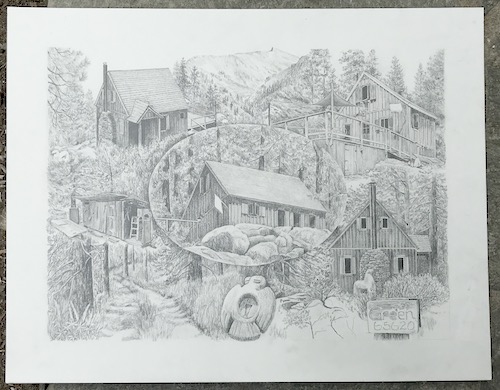
I am once again awaiting her approval in case there are more adjustments. More will be revealed in the fullness of time.

